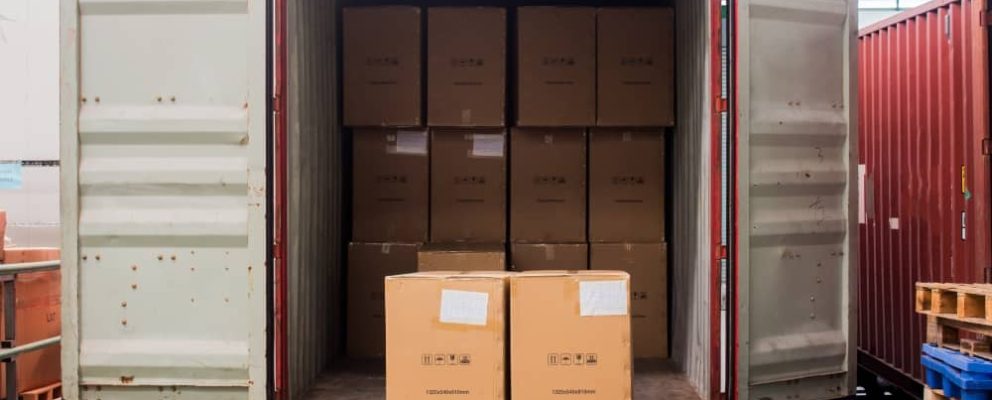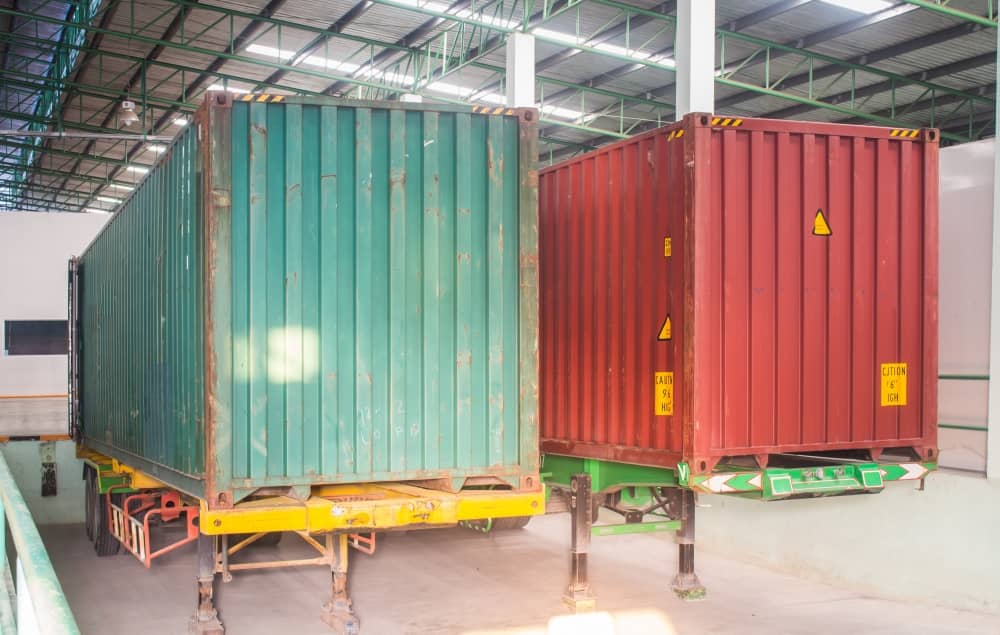Keeping workers and cargo safe are two of the main concerns for logistics industry professionals. Fortunately, you can ensure your team and the goods you are responsible for are safe and secure.
One of the keys to maintaining safety revolves around the unpacking of shipping containers. While properly packing containers is critical for secure shipping, you have no control over how goods are packed before they reach you. Here are 10 tips to help make sure your crew and cargo are all right.
1. Manage Risks by Identifying and Addressing Potential Hazards
Once you see the potential for harm, you can eliminate or decrease the chance of a hazardous event taking place. Because the cargo you unpack varies greatly, you may need to create several hazard lists.
2. Communicate With the Supplier to Ensure They Understand What You Need From Them
For example, ask for specific types of shipping containers to help maintain a safe work environment, such as containers that open on both ends. You can also highlight the importance of:
- Cargo being immobilized for safe shipping.
- Packing on pallets or slip sheets so forklifts can unload.
- Items are individually secured when necessary.
3. Get Details From the Supplier
Request a list of items, the weight of cargo, where they are in the container and the method of restraint. Knowing these details ahead of time will help you create a safe unpacking plan.
4. Take Precautions Before Opening the Container
Because loads shift during transport, it is never safe to assume that cargo is secured. Affix a proper restraint so the load will not force the doors open and open one door. If the load is secure, proceed as usual.
5. Ensure the Containers Are Positioned Safely on Your Site
When shipping containers are not placed carefully, you run the risk of numerous issues, such as:
- Slipping and tripping
- Falling from significant heights
- Personnel colliding with machinery or containers
- Loads shifting and falling on your crew
How to Manage Risks from Container Placement
- Determine container placement before arrival
- Look for obstacles like overhead powerlines or uneven ground
- Consider its stability if a container is positioned high up
- Ensure workers and machinery have plenty of room to safely operate while unpacking
- Maintain sufficient lighting in and around the container
- Be aware of the conditions such as rain, heat, and, ventilation and ensure workers are equipped to safely work
6. Be Aware of Potential Hazards
Inspect containers for any labels or other indications that the cargo contains hazardous materials. If there is a potential for danger, be sure workers wear the correct personal protective equipment (PPE) and safety protocols are followed.
7. Always Unpack With a Plan
An improvised approach to unpacking containers puts workers at risk of injury. Before you begin unpacking, decide how many workers are needed, if PPE is necessary, determine what equipment is essential, and where the cargo will be placed after unpacking.
8. Reduce Potential Injuries During Unpacking
Even though the cargo may look stable, unpacking can jostle the contents of the shipping container cargo.
- Never remove restraints of multiple pieces of cargo
- Temporarily brace items with restraints rated for the job
- Reduce manual handling whenever possible
- Manage traffic in the area carefully and maintain a clear zone around the container.
- Make sure workers are using safe techniques if manual unpacking is necessary.
- Ensure your crew members are wearing the correct PPE.
9. When Unpacking Using Mobile Machinery, Be Sure to Take the Following Precautions
- Be aware of ratings for equipment to prevent overloading
- Maintain a separation of people and equipment to avoid accidents
- Regularly inspect and maintain equipment, especially pieces that attach and detach
- Use a tag line to guide loads lifted by cranes
- When unpacking sheet material (glass, composite sheets, stone sheets, panels, etc.), use extra care by attaching them to the side of the container or an A-frame. Also, use a separate restraint for every sheet. This ensures sheets must be handled individually.
10. Do Not Permit Workers to Take Part in Unsafe Practices
- People and equipment in the container at the same time
- Workers alone in containers
- Entering a container that contains a chemical spill
- Entering a container that appears to have a load shift as there is an increased risk of being trapped or crushed by the cargo
- Standing near an unsecured load
- Improvising or taking unsafe shortcuts
At Bossna Logistics, our experience and commitment to our customers separate us from others in the industry. Saying we put our customers first is more than words. We promise that you will be satisfied with your experience. If you have questions or would like to speak to one of our logistics experts, feel free to contact us.








